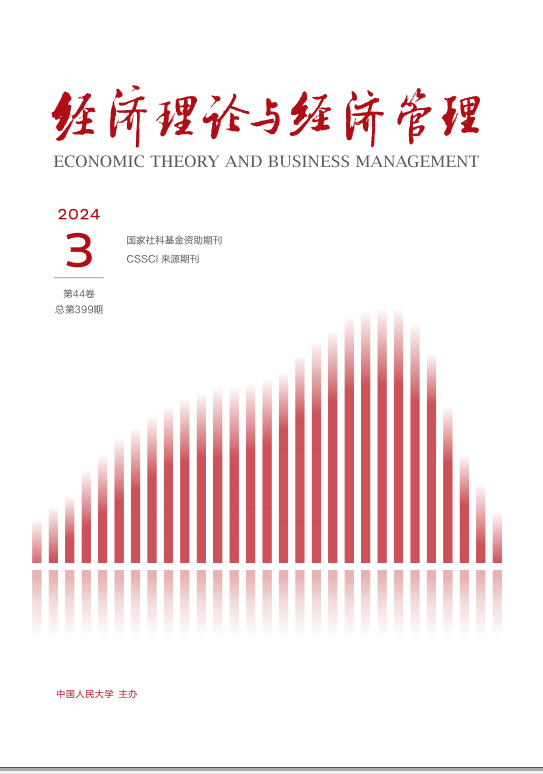Due to the lack of momentum of Chinas economic growth, stimulating domestic demand by urbanization is necessary. However, it is unclear whether Chinas urbanization pattern is extensive and whether it helps economic transformation. This paper rejects all the neoclassical conditions, and gives a new measurement of factorcontributions. Empirical results show as follows. From 1985 to 2012, the contribution rate of capital is 6415%, and the contribution rates of labor, energy and TFP are respectively 326%, 2175%, and 1084%. Therefore the economic growth pattern is extensive. Additionally, regression analysis shows that, compared with Chinas industrialization and services, urbanization is more extensive. Therefore, in the new period, the key of Chinas economic transformation is the transformation of urbanization pattern.





